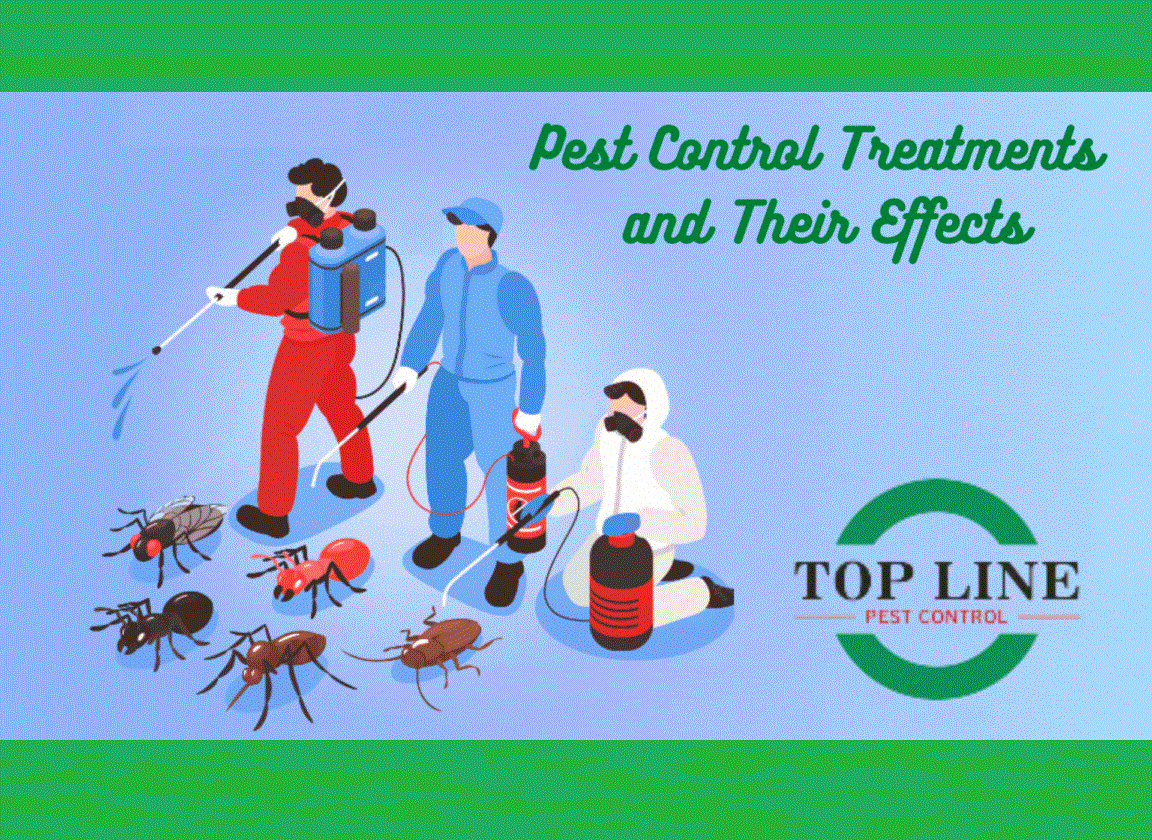All about Eco Bed Bug Exterminators Dc
All about Eco Bed Bug Exterminators Dc
Blog Article
Some Of Eco Bed Bug Exterminators Dc
Table of ContentsNot known Details About Eco Bed Bug Exterminators Dc The Ultimate Guide To Eco Bed Bug Exterminators DcA Biased View of Eco Bed Bug Exterminators DcThe smart Trick of Eco Bed Bug Exterminators Dc That Nobody is Talking AboutThe Greatest Guide To Eco Bed Bug Exterminators Dc
Due to the fact that chemicals are poisonous, they are additionally potentially hazardous to humans, pets, various other microorganisms, and the atmosphere. People that make use of chemicals or on a regular basis come in call with them must understand the relative poisoning, prospective wellness impacts, and preventative steps to reduce exposure to the products they utilize. Danger, or threat, of making use of chemicals is the potential for injury, or the degree of danger associated with making use of a pesticide under a given set of conditions.
Nevertheless, applicators can decrease or virtually remove exposure-- and therefore minimize risk-- by following the tag instructions, utilizing personal protective clothes and devices (PPE), and dealing with the pesticide properly. Even more than 95 percent of all pesticide direct exposures come from facial direct exposure, primarily to the hands and forearms. By putting on a set of unlined, chemical-resistant handwear covers, this sort of direct exposure can be nearly eliminated.
The damaging results that happen from a solitary exposure by any type of path of entry are termed "severe effects." The four paths of exposure are facial (skin), inhalation (lungs), oral (mouth), and the eyes. Severe poisoning is determined by analyzing the dermal toxicity, breathing poisoning, and dental poisoning of examination pets.
Everything about Eco Bed Bug Exterminators Dc
Intense toxicity is determined as the quantity or concentration of a toxicant-- the a.i.-- needed to kill half of the pets in a test populace. This procedure is usually revealed as the LD50 (dangerous dosage 50) or the LC50 (dangerous focus 50). Furthermore, the LD50 and LC50 worths are based upon a single dose and are taped in milligrams of pesticide per kg of body weight (mg/kg) of the test animal or partially per million (ppm).
The reduced the LD50 or LC50 worth of a chemical item, the greater its toxicity to humans and pets. Chemicals with a high LD50 are the least hazardous to humans if made use of according to the instructions on the product label. The persistent poisoning of a chemical is figured out by subjecting guinea pig to long-lasting direct exposure to the active component.
The chronic toxicity of a pesticide is much more difficult than acute toxicity to identify through laboratory evaluation. Products are categorized on the basis of their family member intense toxicity (their LD50 or LC50 values). Pesticides that are categorized as highly harmful (Toxicity Category I) on the basis of either dental, dermal, or breathing poisoning have to have the signal words DANGER and toxin published in red with a head and crossbones sign prominently presented on the front panel of the plan tag.
The acute (solitary dosage) oral LD50 for pesticide items in this group ranges from a trace quantity to 50 mg/kg. For instance, direct exposure of a few declines of a product taken orally could be fatal to a 150-pound individual. Some pesticide products have simply the signal word DANGER, which tells you absolutely nothing regarding the intense toxicity, simply that the product can cause extreme eye damage or extreme skin irritability
The Definitive Guide to Eco Bed Bug Exterminators Dc
In this classification, the acute dental LD50 ranges from 50 to 500 mg/kg. A tsp to an ounce of this product could be deadly to a 150-pound individual (bed bug treatment). Pesticide products classified as either somewhat harmful or reasonably nontoxic (Poisoning Classifications III and IV) are needed to have the signal word care on the pesticide label

All chemical toxicity worths, consisting of the LD50, can be found on the product's Product Safety Information Sheet (MSDS) - exterminator DC. Pesticide labels and MSDS can be gotten from sellers or produces. Additionally, the majority of items additionally know that can be located on the web. The signs of pesticide poisoning can range from a moderate skin irritation to coma or even fatality.
Since of potential health and wellness issues, chemical individuals and trainers should acknowledge the typical indicators and signs of chemical poisoning. The results, or signs, of pesticide poisoning can be generally defined as either topical or systemic.
Some Known Factual Statements About Eco Bed Bug Exterminators Dc
Dermatitis, or inflammation of the skin, is approved as the most commonly reported topical effect connected with pesticide exposure. Some individuals often tend to cough, wheeze, or sneeze when exposed to chemical sprays.
This symptom typically subsides within a couple of minutes after a person is removed from the direct exposure to the toxic irritant. A reaction to a chemical item that creates somebody not only to sneeze and cough but additionally to create severe acute respiratory signs is a lot more likely to be a true hypersensitivity or sensitive response.
Systemic results are fairly various from topical effects. They usually take place away from the initial point of call as an outcome of the pesticide being taken in into and dispersed throughout the body.
Report this page